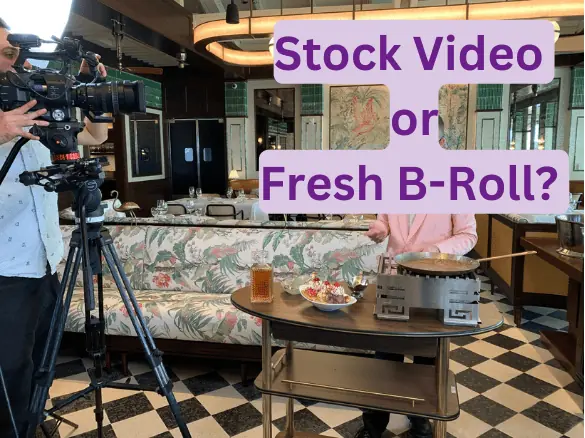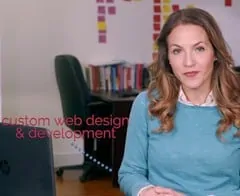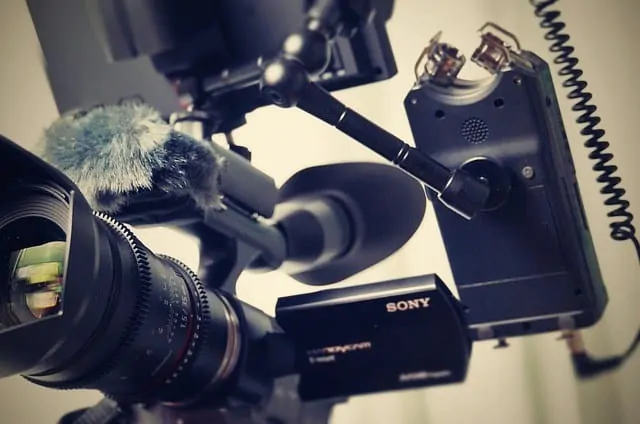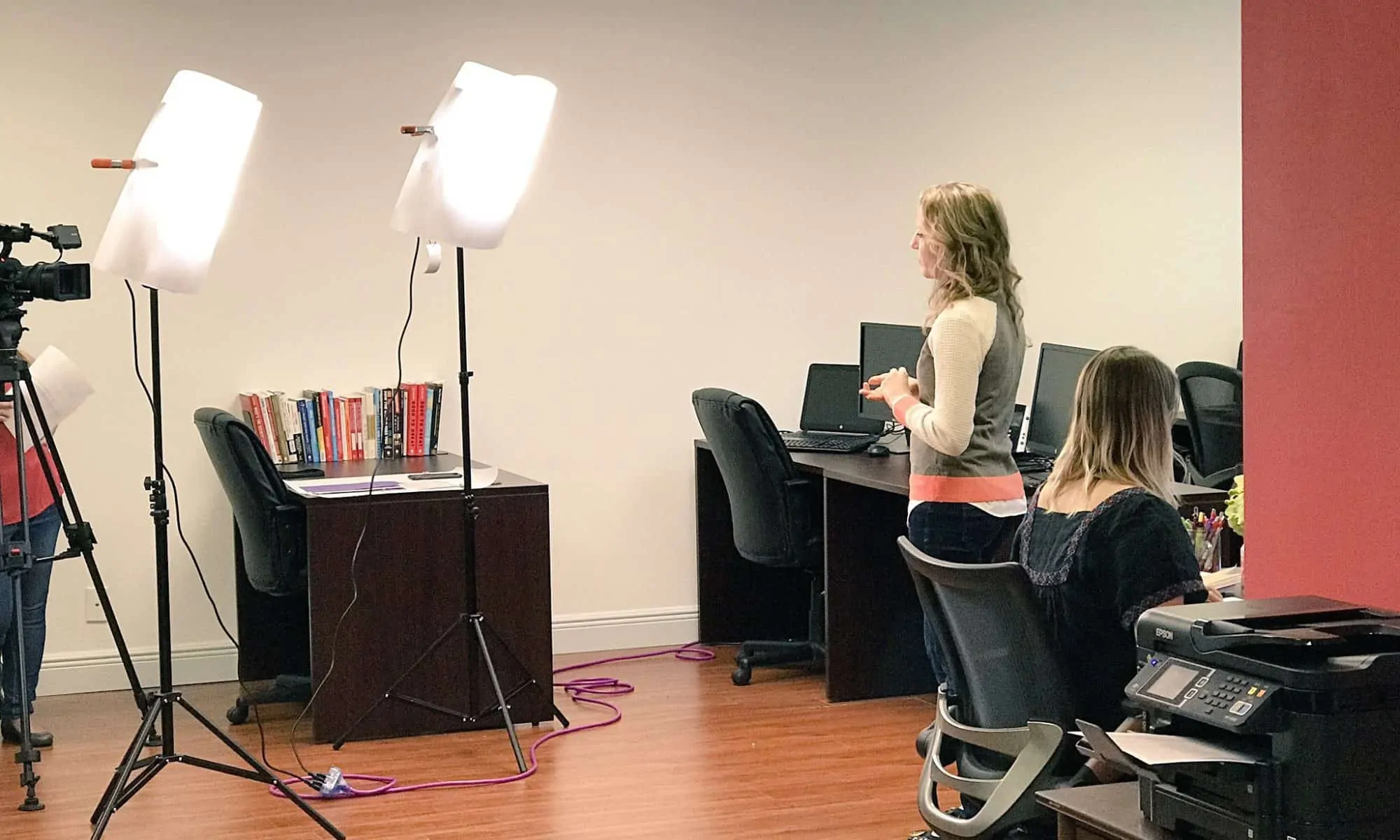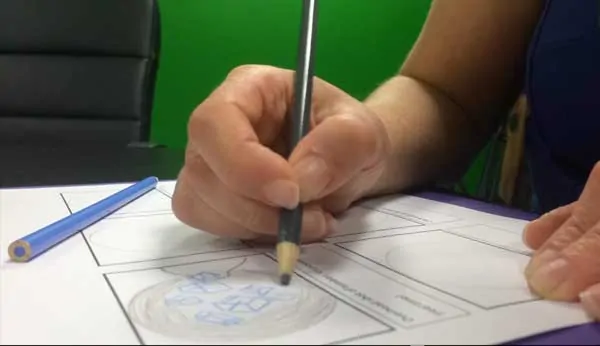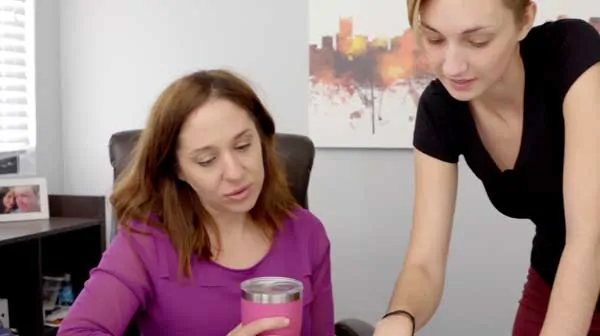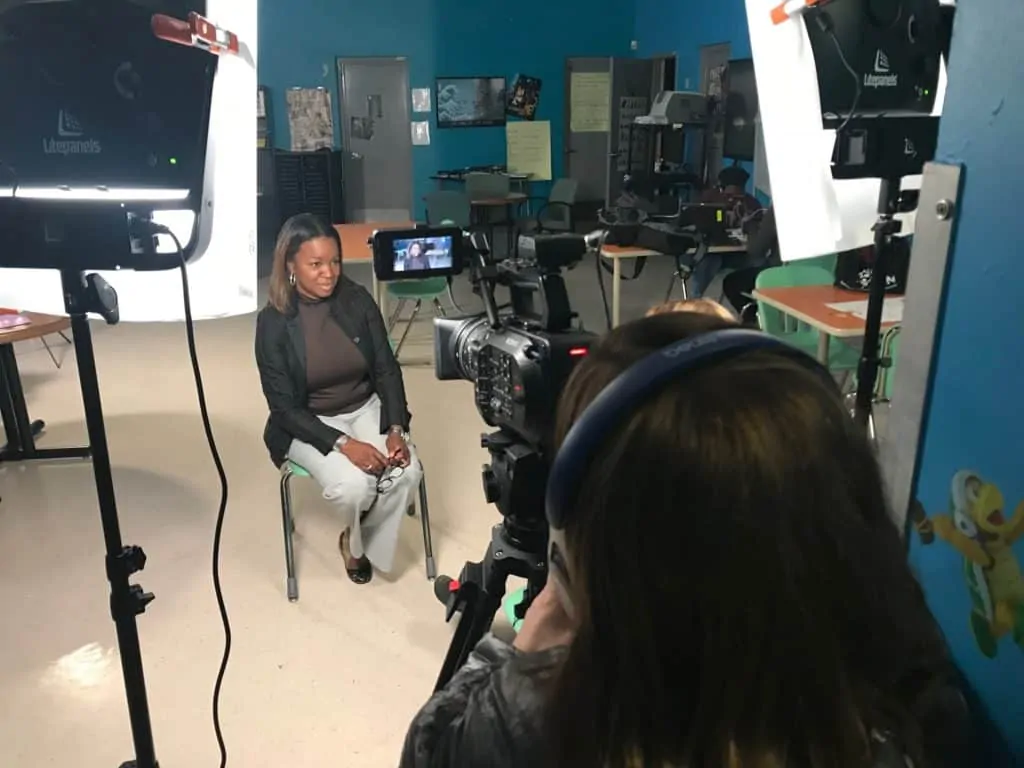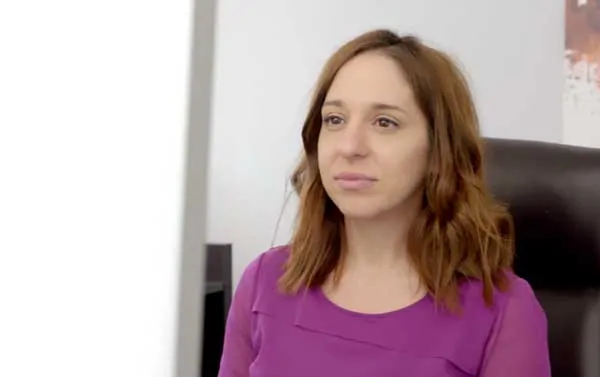Investing in video may or may not be a difficult decision. Some think of video as a tool in a larger process to help prospects work their way to a purchase. Others think of video as a line item expense that must have a return on the investment. Both are technically correct, but which one you are can determine if you view video as a good thing or simply an expense (therefore a waste of time and money). In this post, we’ll consider both and how to use video to generate sales leads.
Video as a Tool
If you view video as a tool, you’re probably one step ahead of your competition already. You know that it is necessary to make a solid connection with your prospect and may even know how to use video to guide them through the process. While you might still consider video production a line item on the P&L, you also recognize there isn’t always a direct correlation between watching a video and making a purchase, except in certain circumstances. For example, product videos on product pages have been tested and found to have a strong correlation to purchase intent and making a purchase (source: https://www.emerald.com/insight/content/doi/10.1108/EJM-11-2016-0619/full/html). Those who believe video is a tool in a greater process of marketing also understand that it is more difficult to measure the impact of a video advertisement when use as a YouTube ad or on broadcast television. It’s difficult because the viewer can’t be directly tracked when they call (except by some savvy video marketers who do it right by using specific phone numbers in their videos, etc.). What video does is reinforces the several other tools being used to get a potential buyer to heed a call to action and make the call.
Video as an Expense
On the other hand, if you believe that video is simply an expense and must have an ROI, you feel like every dollar spent must retrieve a multiple in return. This is a great way to ensure success, but it can also be a difficult way to grow a business. When we grew as a company, we knew we had to invest in some high-quality equipment. We borrowed a little money and invested it into a high-quality 4K camera and other equipment. While this was difficult to do at the time and it showed no direct return on investment; however, it has provided us with high-quality footage that helps us stand apart from our competitor…thus nudging the prospect one step closer to giving us a call. Is there a direct correlation? No, but that camera has made Plum successful and allowed us to grow. This is something that is difficult to measure. The same goes with video content.
How to Use Video to Generate Sales Leads
The ultimate goal of generating sales leads is obtaining contact information (such as an email address), bringing a buyer to a landing page, and bringing the prospect to the sales team. While you can achieve this via text-based pages, the conversion rate may not be as high as a highly interactive or engaging lead generation process. By creating video, you will begin the prospect on a journey to discovering their needs and ultimately giving you (or someone else) a call. The next question might be, “What video do I need to create?” Whether it’s a YouTube video, a video for your website, or a video series, it must be interactive. Let’s explore the types of video you should consider for your business. Below are the types of issues you might be trying to resolve along with the type of video that will help you illustrate that you can solve it.
Trust and Confidence. Typically, people or businesses trying to build trust and confidence are the professional services field. These individuals are trying to illustrate how they can achieve goals for their clients and want to do so with a high level of authenticity. Videos that can capture the individual’s genuine personality are videos like Testimonial, About Us, and Meet Me videos. These videos usually include the person or people involved in the process achieving the client’s goals. They introduce the viewer to the people involved, explain what they bring to the job that’s special, highlight experience and credentials, and include personal details to help the viewer feel comfortable and connected.
Establishing Credibility. If you’re trying to accomplish this, you’ll want to explain why you’re covering the topic, talk to the viewer, and leave them wanting more. This type of video is typically a case study video, explainer video, product demo video, or advice video blog.
Product Explanation. A product or service that is a little more complex and requires some more detail typically needs a product demonstration video. These videos typically explain why the product exists, highlight specific components of the product, and show the end result or effectiveness of the product. These videos can be highly effective the more complex the product or service.
Recruitment. If you’re trying to recruit more and better talent to the organization, you might try a Culture video or a Position Profile video. A culture video will provide the viewer with a strong sense of what it’s like to work at the company. The position profile video is like combining a job description and job posting while showing some of the important elements of the job. Be very explicit that you are hiring and be sure to include specific details about benefits. Most of all, make it fun! Lastly, these get the best results when shared via social networks and social media. You might even be able to create this using some existing video you already have!
If you have any questions or comments, please reach out to us! We’d be happy to answer any questions!





